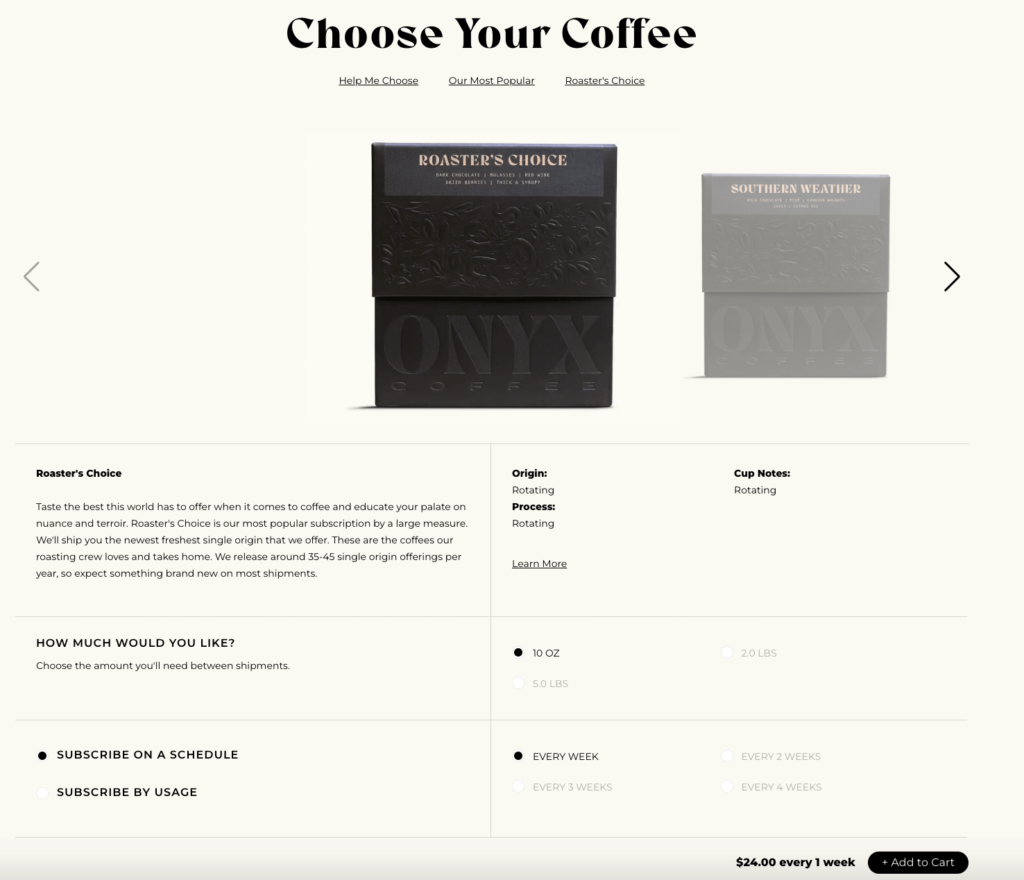Experts estimate that around half of ecommerce customers will abandon their digital shopping carts before they complete a purchase. And some studies show that, depending on the industry this number could be even higher, reaching an average of 71.24% for retail stores.
As an ecommerce brand, reducing shopping cart abandonment is likely at the top of your list of business priorities. Yet, as online shopping continues to gain prevalence, so does cart abandonment—making it more challenging for you to forecast sales, manage inventory, and grow your revenue.
While certain types of cart abandonment may be inevitable, others may be within your control. But where to start? In this post, we’ll cover five key strategies to reduce shopping cart abandonment for your business, including implementing recurring payment options, simplifying the checkout process, and offering multiple payment options.
Key takeaways
- Cart abandonment is when a customer begins the checkout process, then abandons the checkout page before they complete the transaction.
- Online shopping cart abandonment is extremely prevalent, with some industries seeing rates of over 70%.
- When online shoppers abandon their digital shopping carts, online retailers may find it more difficult to forecast sales, manage their inventory, and increase revenue.
- To reduce the shopping cart abandonment rate for your online store, focus on making the checkout process as convenient and intuitive as possible.
Why do customers abandon their shopping carts?
No matter how excellent your checkout process is, there will always be some shoppers who leave before completing a purchase—just like window shopping in a brick-and-mortar store. However, the majority of shoppers who abandon their carts do so because of a confusing, inconvenient, or unexpected checkout process.
Common reasons for cart abandonment include:
- Checkout pages that are slow to load
- Technical glitches
- Confusing wording
- Security concerns
- Unexpected or high shipping costs
- Lack of a guest checkout option
5 strategies for reduce shopping cart abandonment
To encourage more conversions and reduce cart abandonment for your ecommerce store, focus on making the shopping experience intuitive and convenient in a variety of ways. By communicating clearly about the process and reducing any mental load for your customers, you can not only decrease cart abandonment, but also increase LTV.
1. Implement recurring payment options

One proven tactic for reducing friction in the checkout process is to implement recurring payment options, like subscriptions and paid membership programs. Because these offerings only require customers to input their payment information once, they can make it more convenient for shoppers to buy again without having to remember to reorder or go through the entire checkout process if they regularly order from you.
To facilitate a seamless buying experience with recurring payments, it’s key to choose a checkout provider with a proven track record of conversions. The conversion rates for Shopify Checkout—which you can implement with Recharge’s Shopify Checkout Integration—have been shown to outpace competitors’ conversion rates by up to 36%.
2. Simplify the checkout process
A complicated or cumbersome checkout process can cause confusion and frustration, increasing the risk that customers leave before they even purchase from you. To avoid this, focus on simplifying your checkout process in a variety of ways, from your ecommerce site speed to the number of pages on your checkout.
Consider strategies such as:
- Offering a one-page checkout
- Allowing guest checkout options
- Using autofill for forms
- Optimize your site loading speeds
3. Offer multiple payment options on your checkout page
These days, customers expect ultimate flexibility when it comes to the payment options for shopping online. If their go-to option isn’t available on your site, they may leave before they’ve made a purchase.
To avoid this, make sure your tech stack is set up to handle multiple payment methods and even multiple currencies, depending where your products are sold.
4. Effectively set expectations for your products

When it comes to cart abandonment, your communication matters. Be sure to properly set expectations for key factors that impact the decision to buy for the best possible chances of conversion.
Areas to focus on include:
- Your product images—be sure to use high-quality photographs that clearly show what the product looks like and how it can be used
- Your product descriptions—make sure shoppers can easily understand and envision what they’ll be purchasing, and include key elements like dimensions when necessary
By properly setting expectations on your product detail pages in this way, you can reduce cart abandonment later on in the buying journey.
5. Clearly communicate your shipping & returns policies
Having a flexible and clear returns policy can be a key way to reduce barriers to purchasing. However, when shipping and returns policies are hidden on a website and lead to unexpected charges at checkout, this can lead to cart abandonment.
To prevent this, implement the following tactics:
- Clearly display your shipping costs upfront
- Explain when you offer free shipping (e.g. when a certain order minimum is met)
- Explain the ease of your returns process on your website
Improve your bottom line with an optimized checkout flow
By taking a holistic approach to optimizing your checkout process, ecommerce merchants can not only improve their conversions, but also increase LTV. And when you continuously optimize your checkout process, and do so in a variety of ways, you can prevent lost revenue and boost customer satisfaction.
Looking for even more tools to help you reduce cart abandonment? Explore Recharge’s robust partner directory, where you can find integrations to help you with abandoned cart recovery and more.



